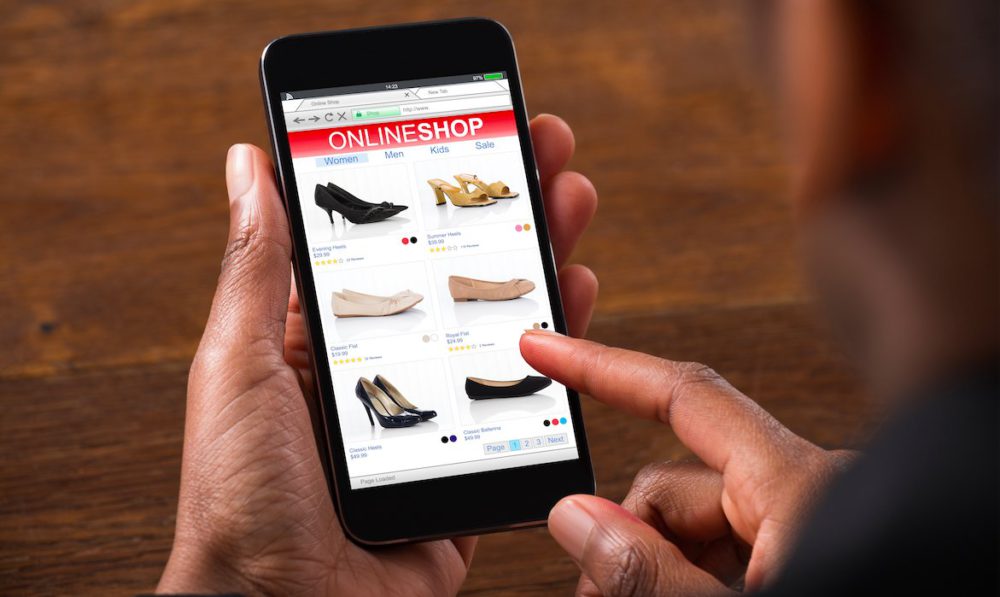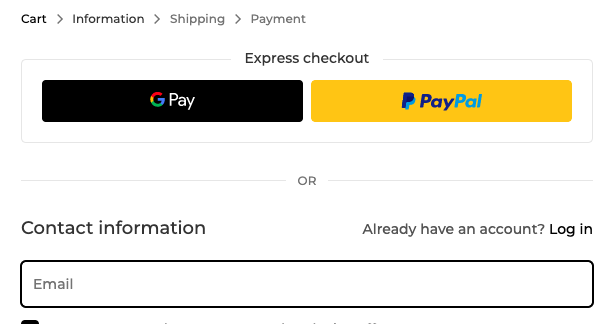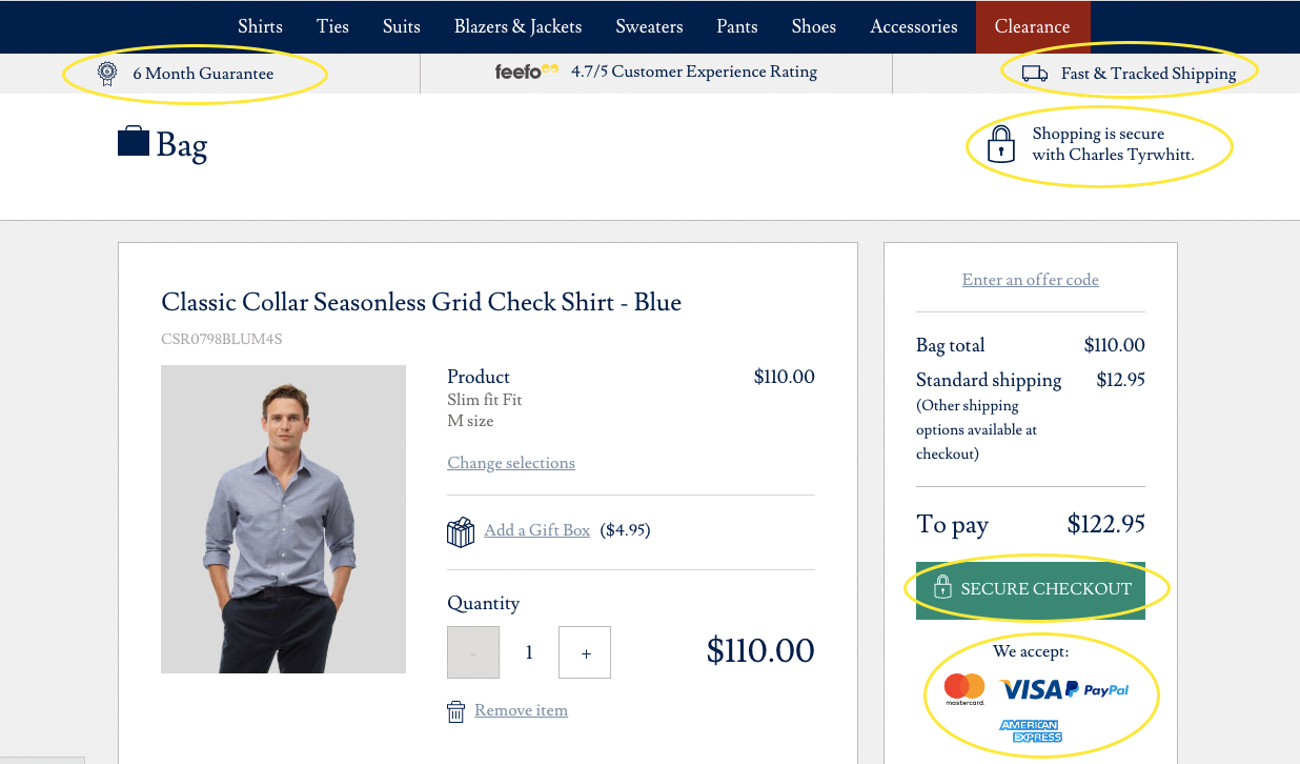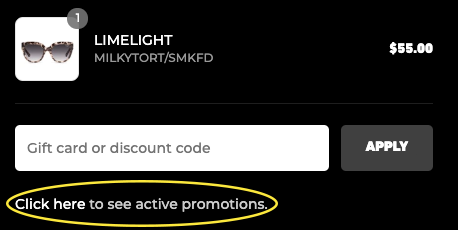How Industry Leaders Are Approaching The Post-Covid Landscape
Five key insights from leading retail industry leaders on how they are approaching business differently in the post-COVID era.
Roughly three months have passed since businesses began shutting down across the US as a result of the COVID-19 outbreak, signaling the start of an economic downturn and a completely new way of operating for many brands and retailers.
Now, as restrictions are slowly lifted (to varying degrees), business leaders are tasked with reshaping the way they manage almost every part of their company.
Recently, the Thrive Commerce team hosted a roundtable discussion with CEOs, CMOs, eCommerce leaders, Senior Marketers and retail consultants to hear what companies, big and small, are doing differently in the post- COVID era. Here are a few trends that surfaced:
1. Buying cycles and inventory management may have changed forever
As brands and manufacturers look to take more control of their own destiny, the traditional cycle of seasonal sell-in is quickly fading. The need to react to the moment and operate under shorter lead times and inventory turns, paired with the desire to reduce the risk of inventory backlogs due to uncontrollable macro-factors, means 6-months buys and seasonal planning are starting to morph into the cycles used by fast-fashion and hype brands. Brands that are able to build a zero-inventory model (manufacturing on-demand), even at diminished margins, or can create a more flexible supply chain, hold a clear advantage.
“This moment could be extremely eye-opening for D2C Brands” says John Woodman, Global Ecommerce Sr. Director of Reebok. “Traditional wholesale models that large companies tend to rally around makes no sense to the consumer and has no bearing on the consumer, but yet it drives a lot of our decision making and the go-to-market process. Companies may start to realize how much they are missing out on by sticking to this antiquated wholesale selling milestone model.”
2. Product seasonality is also changing
Thanks to changing workplace policies – and work from home / flexible hour opportunities – some products that were once stuck in pockets of seasonality are now year-round hits. Slippers are home office footwear of choice, and no longer a cozy winter commodity, said one Sr Director of Marketing for a Top 50 Internet Retailer. “Fortunately for us, we have an evergreen assortment placed through marketplace channels, which includes slippers and sandals. As more people shifted to working from home, we had a significant spike in demand which saved us during the Pandemic. This has also accelerated our marketplace strategy since the buyer may not be in the same buying cycle that our company is and has taught us an important lesson to stay nimble in order to meet unique demand in the future.”
Additionally, some brands are finding that vacation and travel related items and services may be more evenly distributed throughout the year as companies allow for more flexible vacation and work from home. A trend that could be here to stay.
3. Transparency Is a Win-Win
Discounting and liquidation has been a consequence of prolonged store closings and wary shopper sentiment during these last several months. “But it doesn’t have to create permanent damage to your brand,” says Founder and Board Chair of a leading ecommerce mattress brand. “Tell your customers the truth and you won’t have to discount heavily. Companies are afraid to tell the truth, but being transparent is paramount and won’t damage your core brand, especially when you reward your best and most loyal customers. They will say ‘thank you’ and support you when you need them the most.”
Others also suggested to proactively communicate shipping delays and out of stock / delayed inventory, and to not be afraid to share why. If you had to buy back large quantities of inventory, don’t be afraid to tell your customers that due to a Pandemic (or some other yet-to-happen hardship), you are running a discount on certain items; even if those items are typically price-protected top sellers.
4. Creativity Breeds Opportunity!
Faced with the challenge of needing to liquidate their products with an expiration date due to wholesale closures, Anthony Volpe of BioSteel used creativity to drive significant database growth. By leveraging their celebrity brand partners to give away a product in exchange for an email address, the brand was able to move thousands of units that may have otherwise expired on the shelves of a currently closed retailer. Anthony and his team successfully moved this product and with over 90% of emails collected being new to file.
“We have a strong LTV today, but as a challenger brand, we are always looking for ways to increase awareness and drive product trial. We have another 3-6 months to see the long-term impact of this, but we are very excited about the results so far.”
By putting together a strong retention program based on what they know about these consumers interests and associations, subsequent orders and lifetime value should more than pay for the product costs in the long term.
5. Be prepared to work harder than ever to build a strong team culture Whether you’re touting “Work From Home Forever” (we see you, Twitter) or simply expect a slow re-opening to your office building, keeping the teams happily working together will be no small task. As one hiring manager put it “Virtual happy hours can only replace a trip to the bar for so long. The lack of personal touch is hard to overcome.” On the flip side, team building that may have felt forced – and even earned some eye rolls – during pre-COVID times may now serve a bigger purpose.
Team trivia events with separate Zoom or Hangout rooms and predetermined teams force collaboration between co-workers who may otherwise never selectively interact socially. Group fitness sessions are less intimidating when there is a screen separating co-workers from the grunts, sights (and smells…) of peers grinding through a workout. Book club is a little more comfortable from your own couch, when no one can see just how much of that wine bottle you’ve made it through.














